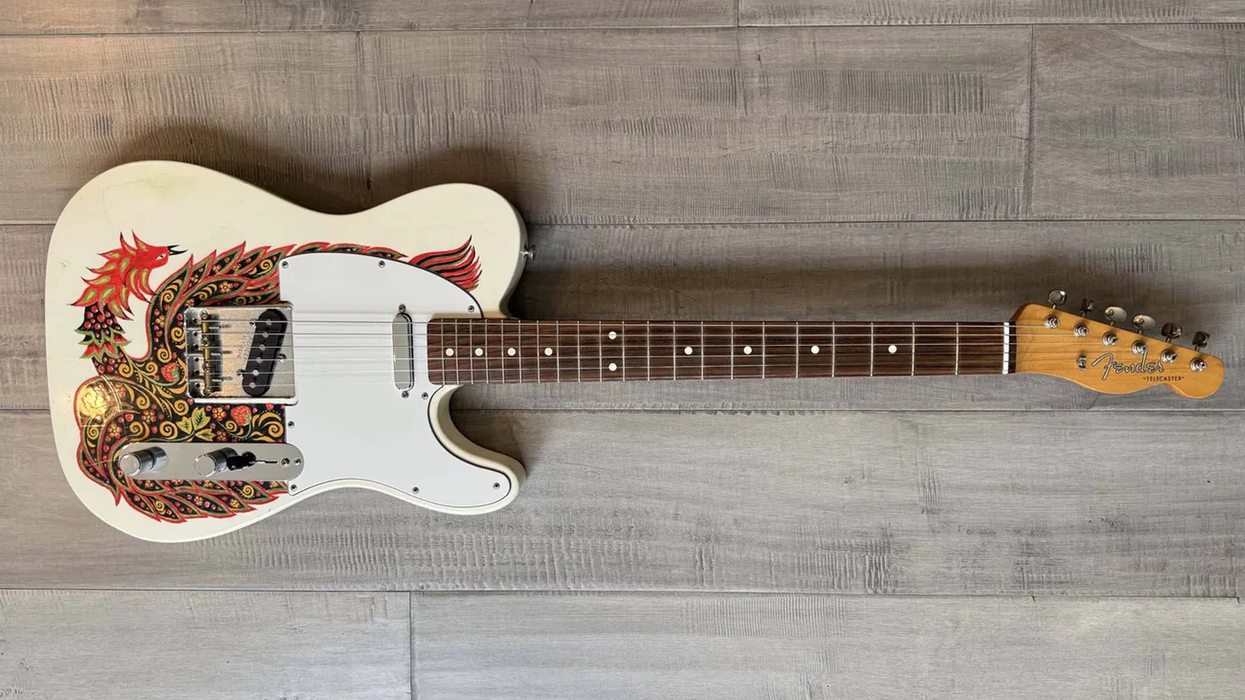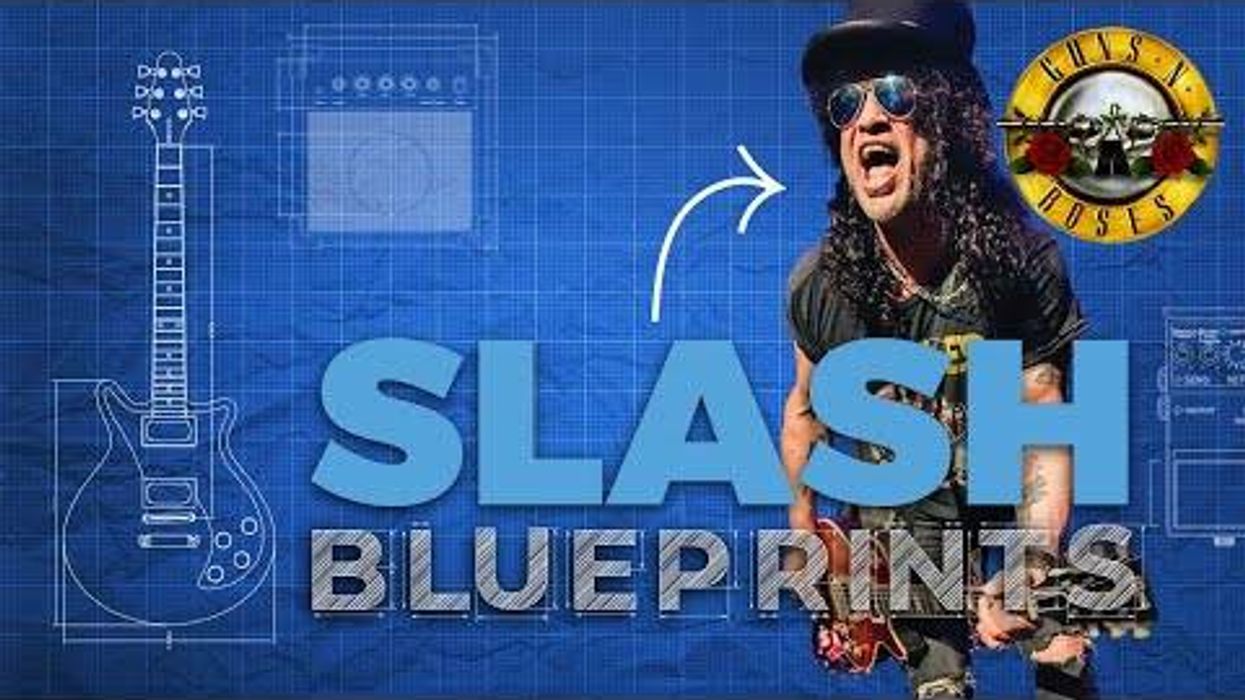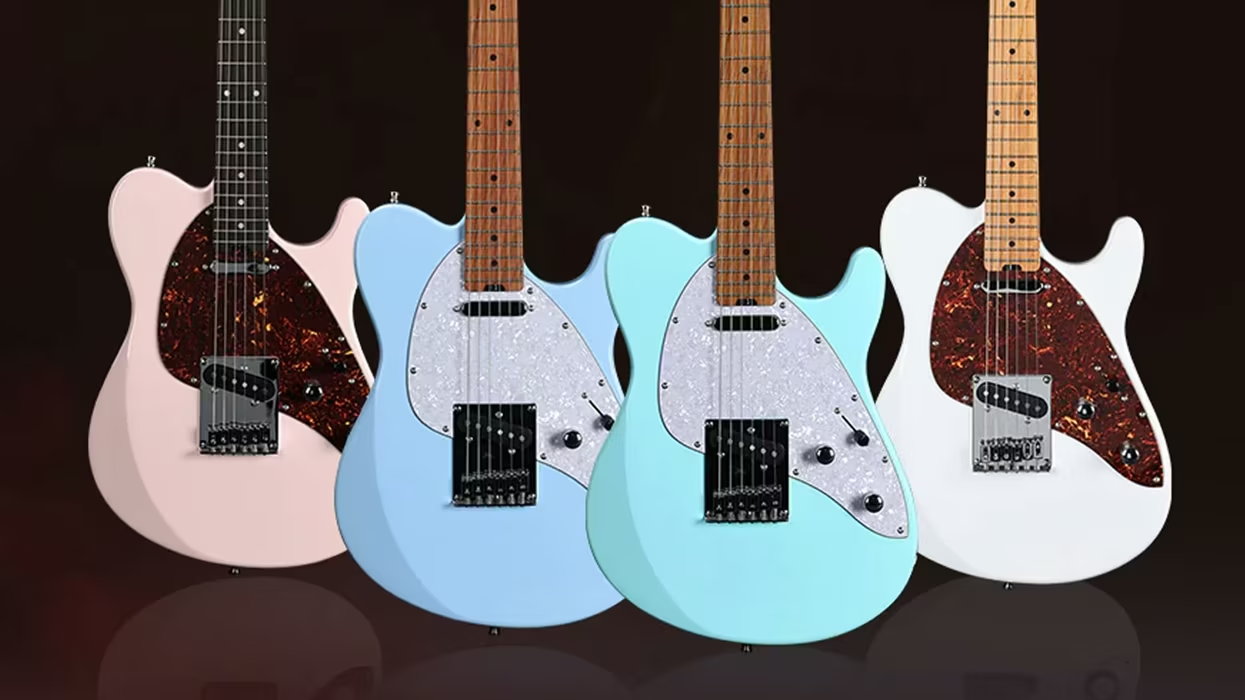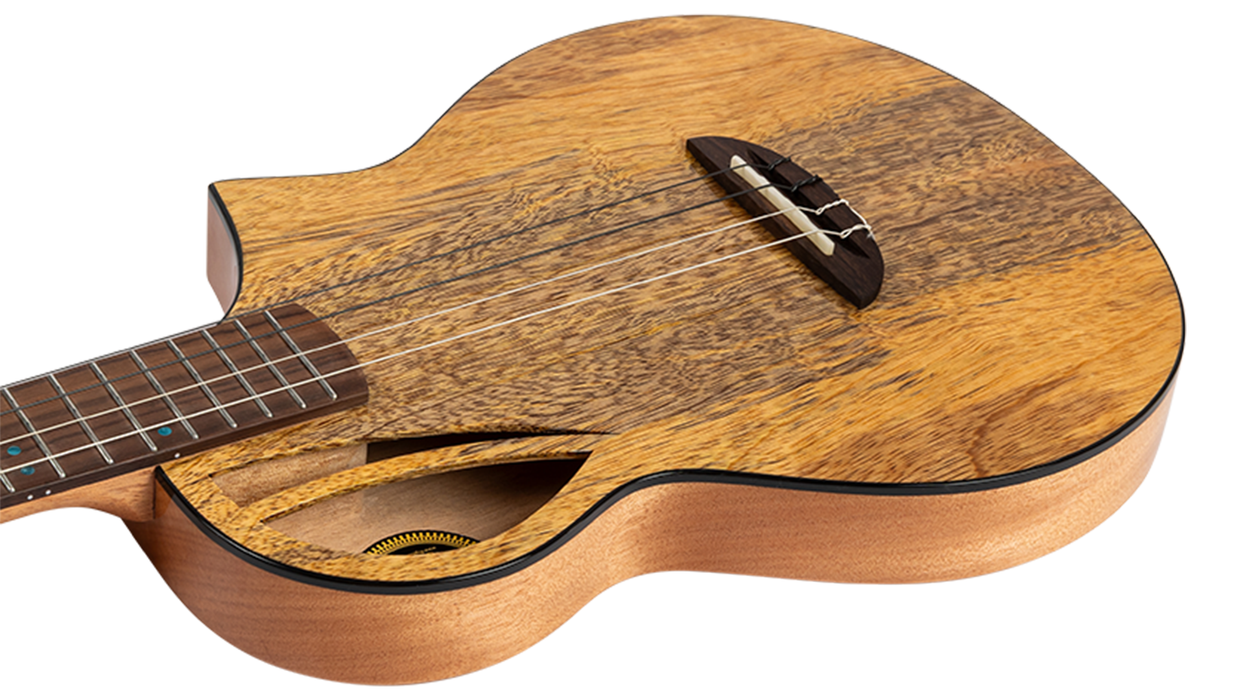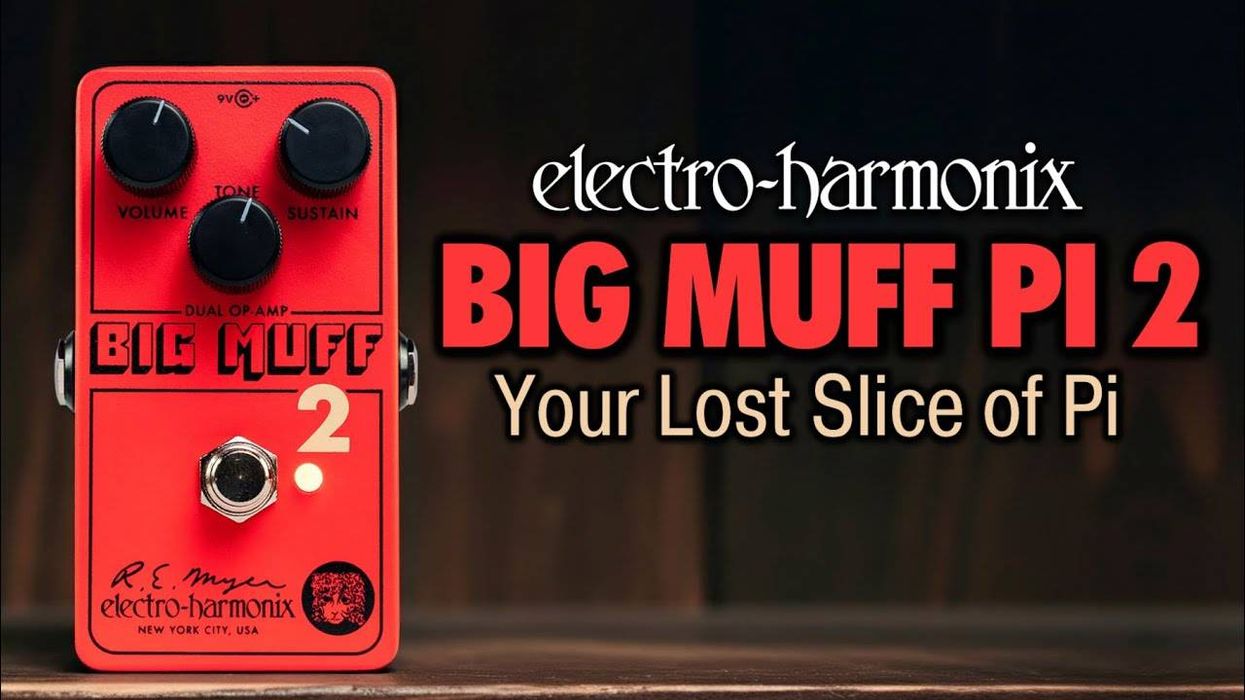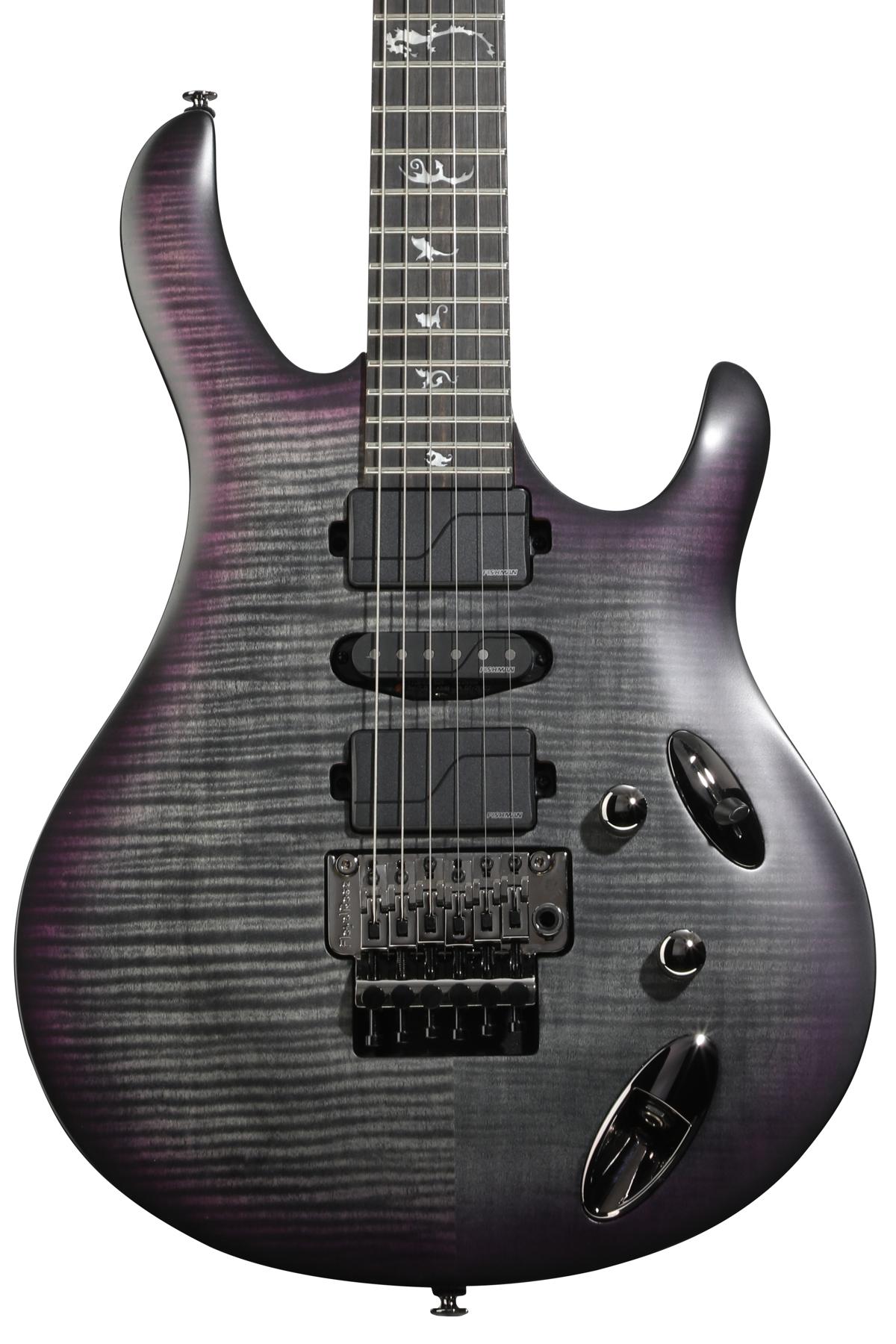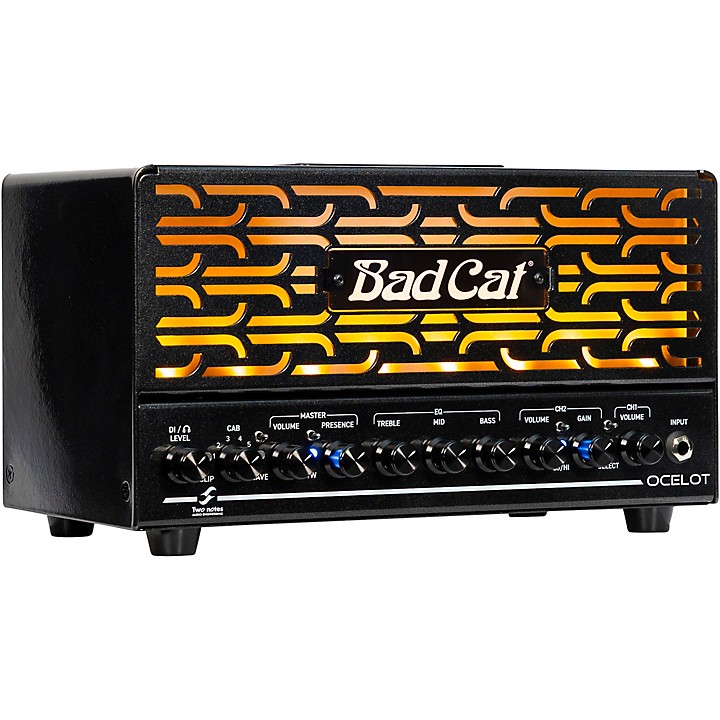You probably know the Uni-Vibe story: Created in the 1960s to mimic a Leslie cabinet, the effect didn’t really sound like a rotating speaker, yet it was embraced by Hendrix, Gilmour, and others, becoming the first popular chorus effect. Subsequent products from Roland and Electro-Harmonix modernized the sound, defining what most players now think of as chorusing. But the Uni-Vibe, with its dense, chewy tone and complex, asymmetric modulation, remains a sound unto itself.
Now imagine you’re a pedal designer tasked with updating this beloved but eccentric effect—how would you proceed? Clone it? Streamline the design for modern pedalboards? Or echo the original’s eccentricity with something equally odd?
Korg boldly chose Option C for Nuvibe, their re-imagined Uni-Vibe. It’s an unapologetically quirky effect that nails the original sound while offering meaningful new wrinkles. (Perhaps tellingly, Fumio Mieda, who created the original Uni-Vibe for Japan’s Shin-Ei corporation, was part of Korg’s Nuvibe team.)
Perilous Parts
Literal Uni-Vibe clones are now a virtual impossibility—the original’s photo-resistors (the light-sensitive components that generate the effect’s modulation) were made from hazardous cadmium sulphide, now a controlled material. Meanwhile, many modern builders have capably mimicked the original Uni-Vibe sound via ICs and DSP chips. The little-used vibrato option is often omitted, as is the dedicated foot controller. And naturally, modern units are smaller. (The latest version from Dunlop/MXR, current owner of the Uni-Vibe name, comes in a standard B-sized box.)
Korg did things differently. For starters, Nuvibe is roughly the size of Rhode Island. (Actually, it’s about as big as the original: approximately 10"x7"x3", not counting the included foot controller.) And while it’s assembled on modern circuit board, it uses through-hole components and discrete transistors in lieu of ICs, contributing to its mass. If you’re the sort of player who frets about “pedalboard real estate,” shriek and run away.
Beyond the Fishhook
But Korg makes the most of both the pedal’s ungainly size and the unavailability of the original photo-resistors. A complex network of transistors stands in for the photo-resistors, and the new design lets you alter the modulating waveform via 10 large, easy-to-wrangle sliders. White lines denote the original fishhook-shaped waveform, but that’s just a starting point—you can concoct near-infinite variations. This fun, tactile, and musically useful interface is Nuvibe’s marquee feature. (Nice touch: each slider has an LED, and the 10 lights flash in time with the modulation rate.) The sliders enable endless variations of the classic tone.
Other modern updates include an output level knob, a dedicated speed control so you don’t have to use the foot pedal, plus no-brainers like true-bypass switching and pedalboard-friendly power. (Oddly, though, Nuvibe uses six 1.5V AA batteries rather than a single 9V. Even odder, no 9V power supply is included—and you’ll need one, unless you want to replace a half-dozen batteries every few hours.)
Ratings
Pros:
Superb Uni-Vibe-style chorus and vibrato. Cool control and customization options. Fun, fun, fun.
Cons:
Power supply not included. Speed control taper may not suit some players. Bigger than Tokyo.
Tones:
Ease of Use:
Build:
Value:
Street:
$499
Company
korgusa.com
Sexy Swirl
Nuvibe’s chorus sound is gloriously rich, immersive, and textured. It still doesn’t sound like a Leslie, but its head-spinning swirls have similarly compelling complexity. Latter-day chorus effects are more manicured and predictable—and more fatiguing. This is a sound you can hang with for a long time (or at least the duration of a song). Contemporary chorus effects often sound, well, dorky. This is just plain sexy.
Switching from chorus mode to vibrato mutes the dry signal, transforming your tone from a swoosh to a wobble. Relatively few players have used this effect, and that’s a shame—applied lightly, it’s a lovely, less rhythmically assertive tremolo alternative.
We often try to sync modulation effects to tempo, but here, the opposite tends to be more effective. The Uni-Vibe effect isn’t rhythmically defined enough to reinforce a groove, and its charm tends to be strongest when the pulsations slice against the beat—or when the modulation rate is varied while playing via the foot controller. And after many years using Uni-Vibe-type effects without the original’s foot controller, it’s fun revisiting the initial concept, which brings the effect closest to its rotating-speaker inspiration. It also brings me to my one serious Nuvibe issue.
Tapering Off
The ideal range and taper of the all-important speed control (that is, how slow and fast it goes, and how quickly and evenly it transitions) is a matter of taste. Here, anything above the midpoint of the speed knob or foot controller is a hyper-fast flicker, while the slower, Leslie-like speeds are clustered in a relatively narrow segment of the pot’s range. I kept wishing that the range were more restricted and the speed didn’t accelerate so quickly. It’s awkward, for example, to establish a slow modulation and vary it subtly—press a bit too hard, and you flutter like a hummingbird. Yet some players may be perfectly happy with the taper as is, and even a slow-vibe fan like me could probably get the desired response after a few hours of practice.
My only other beef is minor: Nuvibe adds an output volume control—a handy tool to correct for perceived volume changes when engaging the effect. Here though, the maximum setting is close to unity, and the knob only cuts level. It might have been nice to have the option of goosing the output, though the current scheme would be great for players who default to a high-gain sound, but want their tone to clean up when they slip into Nuvibe’s sexy swirl.
The Verdict
It’s easy to say who Nuvibe isn’t for: fans of modern chorus sounds, players who lie awake at night calculating how to cram one more tiny Hotone or Mooer pedal onto their overpopulated boards, and of course, those who sensibly balk at paying five bills for a single specialized effect. But Nuvibe isn’t about being sensible, and I adore its old-school attitude. It’s a throwback to an era when guitar effects were weird, unruly, and enormous in every regard. You don’t necessarily need a pedal this large, complex, and expensive to get great Hendrix-style Uni-Vibe tones, but you won’t fine a more fun and tactile way of getting there, or a more musical and intuitive way to concoct cool new variations on that classic sound.
Watch the Review Demo:








![Rig Rundown: Russian Circles’ Mike Sullivan [2025]](https://www.premierguitar.com/media-library/youtube.jpg?id=62303631&width=1245&height=700&quality=70&coordinates=0%2C0%2C0%2C0)







